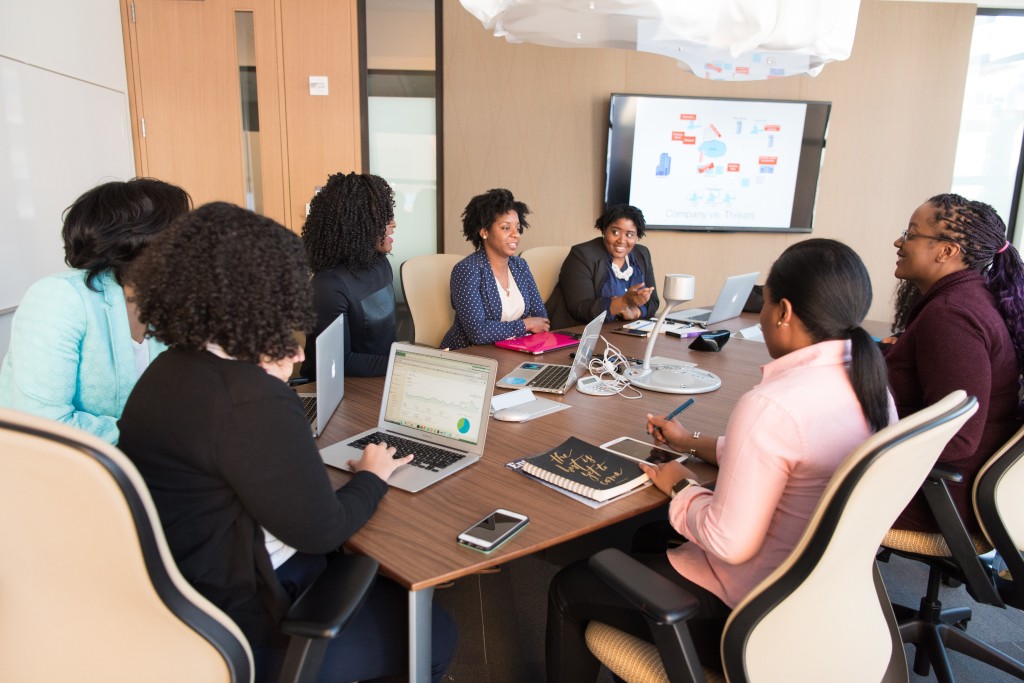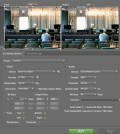How the Era of Virtual Learning Impacts Blended, Hybrid and Flipped Classrooms

Due to COVID-19, colleges across the country have been scrambling to find tech solutions to the challenges they are facing with virtual learning.
Now, as schools decide whether to stay remote in the fall or bring students back to campus, it’s time to take a look at how COVID-19 will impact different styles of teaching, and how technology can help educators navigate those challenges.
Blended learning
What is it?
Blended learning combines virtual learning with in-person classes. These classes can be structured in a variety of ways. One common format pairs online exercises to be done at home with in-person discussion sessions, presentations and student-teacher meetings.
What can we expect for the future of blended learning?
COVID-19 effectively shut down blended learning for the spring semester and, at many schools, for the summer courses. Many schools have not yet committed to either being fully in-person or fully online in the fall, and are waiting to see how the pandemic advances over the next few months. However, many discussions of possible reopening scenarios suggest incorporating blended learning.
This could include transitioning classes that once would have taken place entirely in person to a blended learning format, to stagger the days of the week that students will be on campus and limit the total number of people gathered at any given time. If schools do take this route and find that students respond well to new uses of blended learning, they may continue to use technology to facilitate blended learning in a wider range of classes than have used it to date.
Flipped learning
What is it?
In a flipped classroom, students are first exposed to new material outside of class through virtual learning. This is usually in the form of an online presentation, but can also include other types of media. When the student then attends class in person, they are already familiar with the concepts introduced in the lesson and can use class time to apply the material in the form of problem-solving and discussion.
What can we expect for the future of flipped learning?
Right now, schools across the country are adapting flipped learning to happen entirely online. In this form of flipped learning, the introduction to concepts that would always happen at home still does so, but now the class also gathers digitally.
In this way, all discussions, group work and one-on-one teacher-student interactions now rely on technology equally. In many ways, this change is causing flipped learning to be more like hybrid learning. There may not be as much of a distinction between them in the future.
Hybrid learning
What is it?
Hybrid learning is similar to blended learning, but with a much larger portion of the class time spent online rather than in person. For example, where a blended learning class might meet in person several times a week, a hybrid learning class could conduct most class activities online and come together on campus at a few key points in the semester instead. The in-person class time could be used to discuss the topics learned over the course, as well as online learning experiences.
What can we expect for the future of hybrid learning?
For many students, the online education they are experiencing right now comes very close to a hybrid learning model, even though in-person interactions are cut down even further than they would be otherwise. However, most colleges were forced to move to this style of learning abruptly, with instructors needing to adapt their courses to virtual learning on the fly.
Moving forward, we expect that many schools will embrace the hybrid learning model for more of their regular instruction, but with some changes now that they will have more time to plan. For example, we expect many schools to transition to using mobile-friendly tools to allow students a wider range of options for how they learn.
Even once the pandemic is over, hybrid learning using mobile tech will allow students more flexibility in where and when they engage in classwork. For students balancing a job and classes, or raising a family while attending college, mobile tools make education much more accessible. Similarly, given that mobile technology is more widespread than computer access, the use of mobile can help educators reach students who may not have their own computer.
Ensemble Video supports all approaches with virtual learning solutions
Despite the pandemic, higher education must continue. Higher education institutions need to remain savvy and smart as we roll out new approaches, and look to reinstate old ones. Whether you’re in the classroom every day or entirely virtual, Ensemble Video supports your learning approach with tools like Screen capture, Zoom and WebEx integrations, mobile apps and video streaming, video assignments, gradebook integrations and more.
Contact us to set up a demo to see how Ensemble can work for you.









You must be logged in to post a comment Login